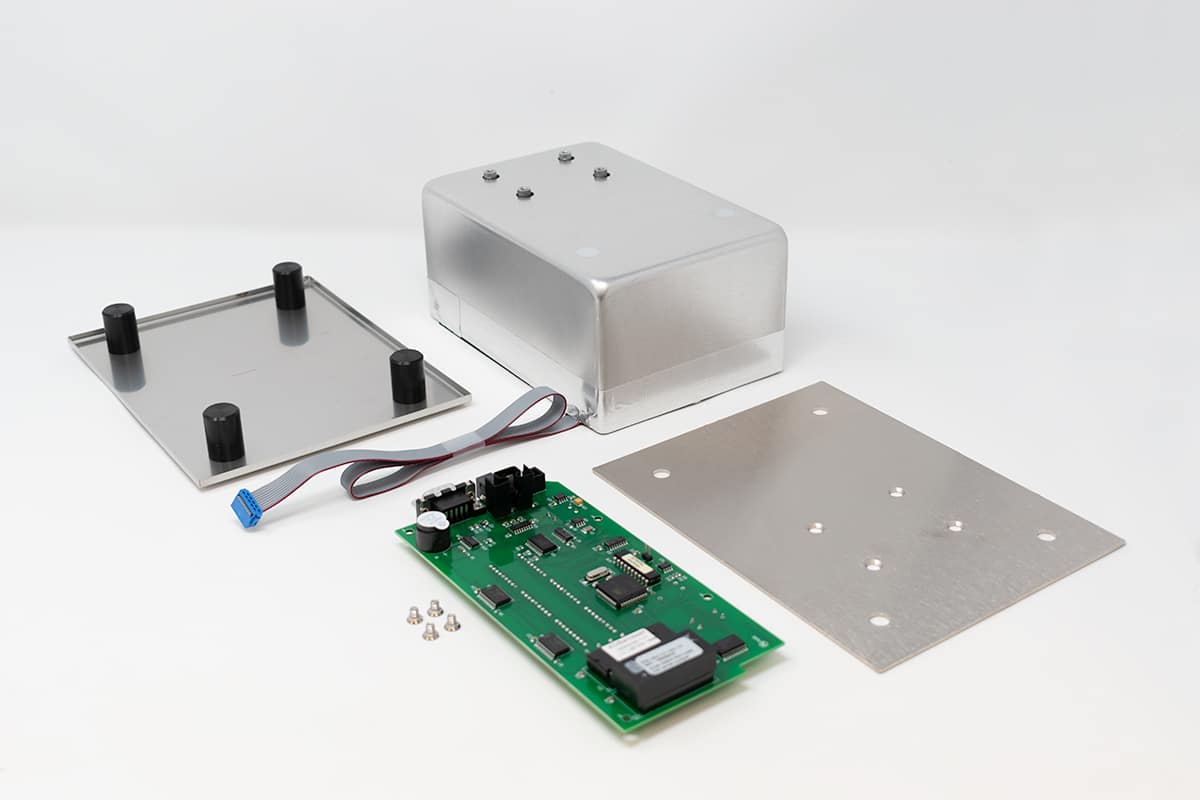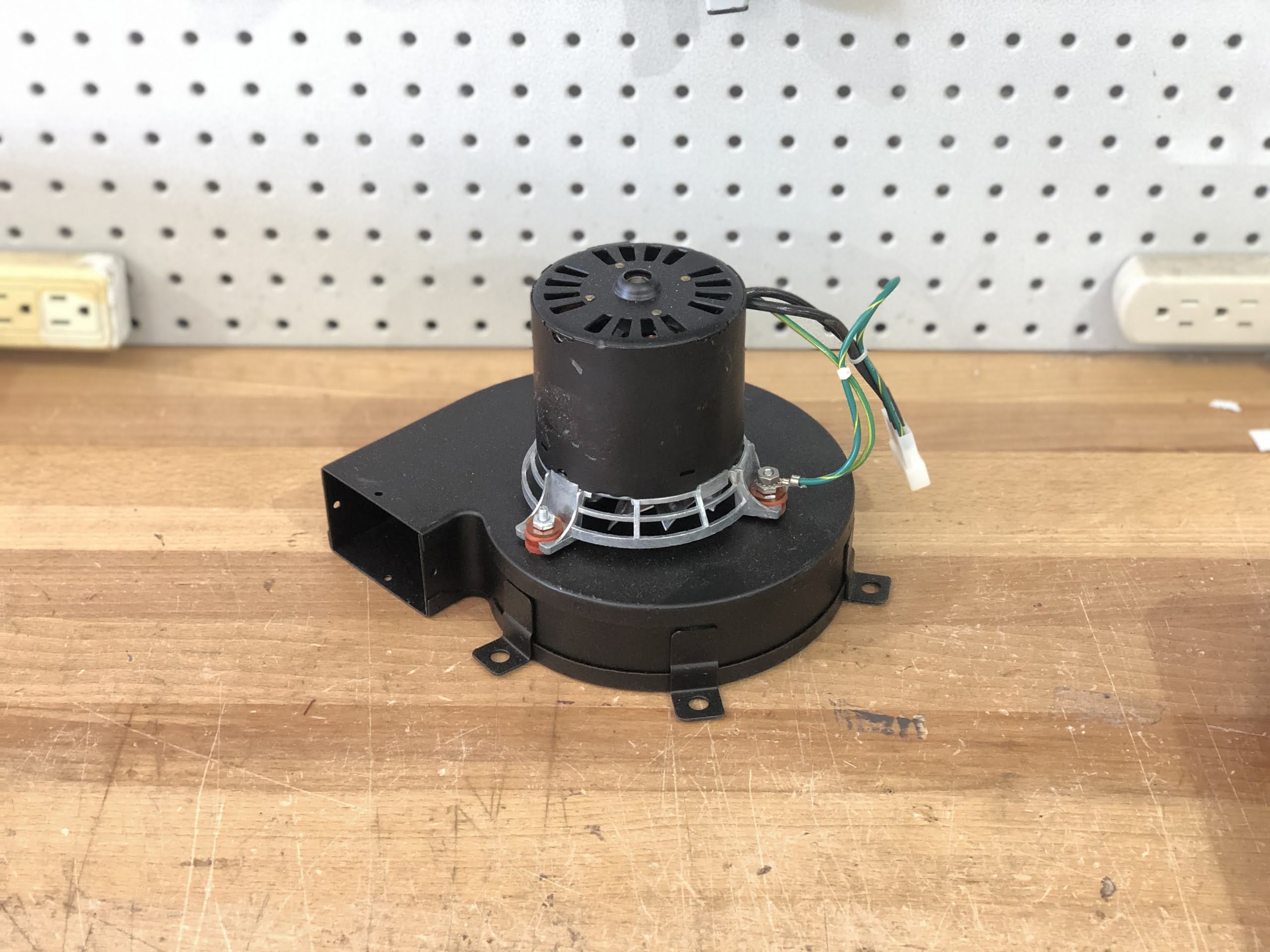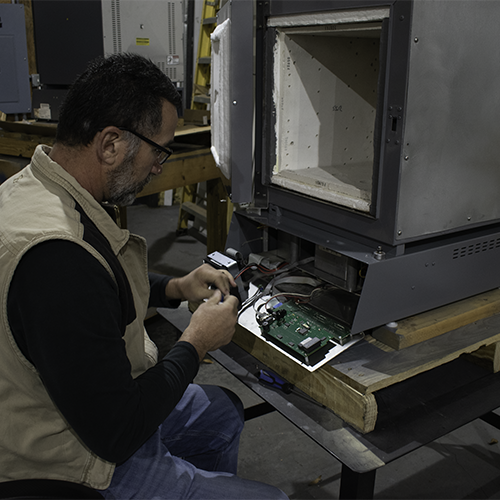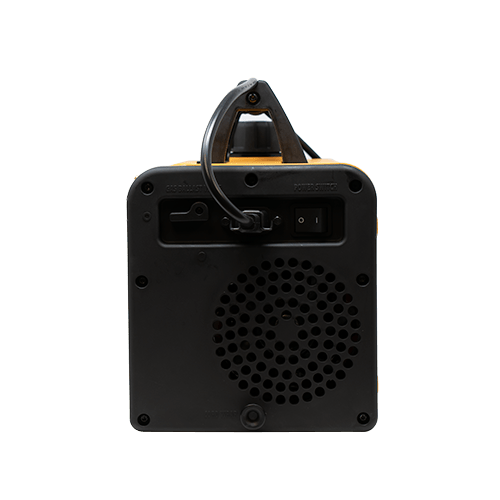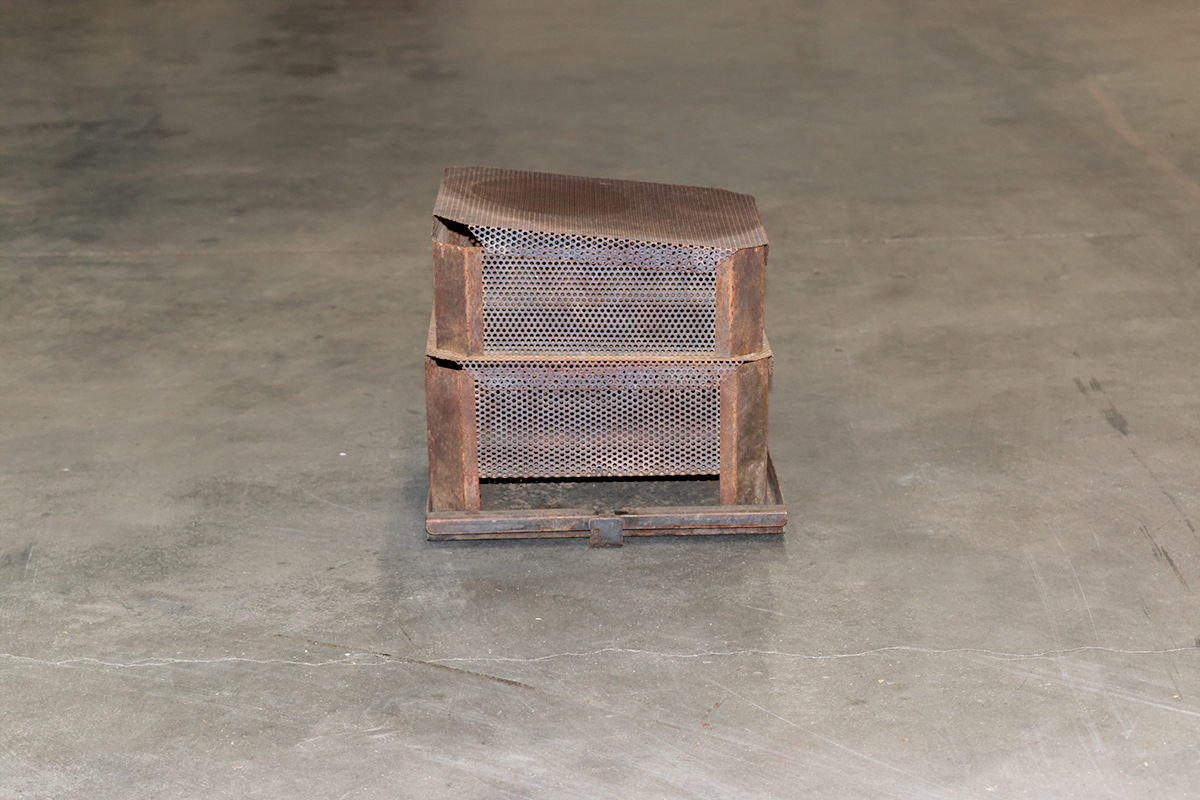Eco-Friendly Glassware Cleaning: The PIE2 Method
Traditional Glassware Cleaning: The Chemical Legacy
It’s a basic belief that most of us were taught when we were growing up. Your glassware got dirty, you would grab some type of cleaner, and then you would scrub it until it was clean. This hasn’t changed for centuries.
Labs today are no exception. They clean most of the compounds they work with using a type of chemical. Most of these cleaning chemicals are harmful. Some produce devastating gasses. Others are flammable. They all need to be stored in special environments, and almost all of them cost extra to transport.
Naturally, these labs attempt to outsource the work or hire somebody else to just clean glassware. Each solution comes with problems. If they outsource, they’ll have to pay all of the fees from storage to the use of chemicals. If they hire, they still end up having to store and use harsh chemicals.
One company that we worked with decided that throwing away glassware was more economical than doing glassware cleaning with chemicals. Take that in for a second. It was more economical to throw away dirty but still functioning glassware than clean it themselves. Granted the glassware they were throwing away was very intricate and nobody could possibly clean it by hand. Even still, there had to be a better way.
What if I told you there was a way to clean your glassware without chemicals? No solvents. No scrubbing involved. It will require no additional staff. It can be done overnight. It can be done safely.
It is with great pleasure that I introduce you to the future of cleaning, the PIE2 Solvent-free cleaning oven.

How the PIE2 came to be
Before I begin I want to say that the PIE2 is not a new technology, and was created by standing on the shoulders of giants. Kenneth Mainord, a well-respected and talented organic chemist, first patented this technology in 1998 when he grew tired of having to clean glassware with solvents.
“… large volumes of dirty glassware contaminated with heavy residues of polyethylene, polypropylene, waxes, resins, and cross-linked polymers…” (Mainord 2).
Kenneth noticed that pyrolysis was becoming popular back in the ’70s and ’80s and wondered if there was a way to adapt that technology to his work.
“In 1991, Tempyrox Co., Inc. (Dallas, TX) was formed to pioneer the commercial development of glassware cleaning systems specifically engineered and designed for the challenges of this pyrolysis-oxidation technology. In 1993, the first commercial PYRO-CLEAN unit was sold” (Mainord 2).
Kenneth’s oven has changed the way that many labs clean glassware. Even today, some of his original ovens are still in use which is a testament to their reliability and durability. It is at this point, however, that Mike Gordon would like to speak up and say that, “Most of those units are only still in operation because of the maintenance that I have provided” but more on that later.
Mike Gordon, the creator of the PIE2 cleaning oven, decided that he wanted to create his own pyrolytic oven. He wanted to stay true to the original design but improve some of the flaws in Kenneth’s oven. In 2018 after a lot of prototypes, blood, and sweat (Mike Gordon would like everyone to know that he does not cry), the PIE2 was born. Since its creation, Mike has been able to help make glassware cleaning easier, just like his predecessor.
The benefits and challenges of pyrolysis
Pyrolysis is the decomposition of a substance through the use of heat. You heat something. It breaks down. It’s easier to clean.
In an industrial setting, a lot of the substances that could benefit from pyrolysis are themselves flammable. This is less than ideal. For the process to work safely, the risk of ignition needs to be eliminated.
The best way to reduce the chance of ignition is by removing oxygen from the chamber. No Oxygen = no ignition. A total vacuum would be perfect, but not easy, cheap, or clean to do.
The easiest way to produce an oxygen-less environment is to use negative pressure. This removes the excess oxygen from the chamber but doesn’t create a total vacuum. Which is much easier to maintain with fewer moving parts. Thus you can have glassware cleaning without sparking a fire.
Doesn’t heat melt glassware?
Yes, it does. Well, it does at an extremely high temperature. But even at temperatures below that threshold, glassware can still get deformed.

Take an NCAT Ignition oven. Many of our customers use this oven to also clean their RTFO bottles. They put them in a specially designed mold that holds the bottles and then they start a burn. The NCAT tries to keep its temperature at 538°C however once the liquid ignites those temperatures can ramp up.
The ramp-up from ignition can cause the glassware to become soft. They will eventually warp and become useless after only a few cycles. Plus, because the NCAT just exhausts, the smoke from the burning process can start to seep into the glass causing it to get foggy over time.
The PIE² solvent-free cleaning oven stays below the annealing point of lab glassware.
Catalyst, the special ingredient
The PIE² Solvent-free glassware cleaning oven works to clean glassware by utilizing catalyst and heat to cause organics to burn off in a controlled, ignition-free manor. The catalyst gets activated once a specific temperature point is reached. This catalyst scrubs the air and helps the glass stay clean while the organics are melted and charred.
The catalyst helps carry harmful gasses to a secondary chamber. In this chamber, the dirty gasses are burned off safely. This prevents the PIE² from outgassing dangerous materials into your lab and out of your exhaust.
Each PIE² comes with two specially made catalyst trays. Those trays are built to contain the correct amount of catalyst so that you are not wasting any, and yet have plenty to carry out the needed reaction. This balance is key to preventing waste and producing clean glassware.
How the PIE² works
The PIE² glassware cleaning oven works by using the above three systems. First dirty glass is placed in the chamber (the openings should face down to assist with the cleaning). Next, you press the start button on the touchscreen. Then… you wait. After a full cleaning cycle, your glassware is clean. This process removes contaminants that can impact further testing results and experiments.
Does the PIE2 only clean glassware?
No, in fact, the PIE² has multiple uses and is used in many different industries. The PIE² can clean Glassware, metal parts and tools (that can withstand the heat I might add), ceramics, and really anything that can be placed under heat and doesn’t react negatively to the catalyst.
To give you a few examples:
- Extruder die heads
- Medical Sterilization
- Lab Glassware
- RTFO Bottles
Industries that would benefit from a PIE² cleaning oven:
- Plastics
- Medical
- Asphalt
- Petroleum
As you can see, there are more uses than just glassware.
Are there any accessories or addons?
PIE² cleaning ovens come equipped with 2 catalyst shelves included.
Additional shelving and catalyst trays are available for purchase with your oven. This is ideal if you have smaller glassware or metal tools and need more cleaning space. Additional shelves can be added and shelving can be adjusted to multiple levels in the oven.
A nitrogen purge system can be added in place. This process will further inert the chamber by lowering the oxygen concentration. This is especially useful if you are working with volatile chemicals or are in an environment that needs extra precautions against explosions and ignitions.
What are its safety features?

These are the available safety features that come with a PIE² cleaning oven. Note that all of these features come standard.
- Pressure release blow door that cuts power to the heating elements and stops the cleaning process in the event of a chamber explosion.
- Secondary Explosion chamber to direct explosions away for the operator and lab personnel.
- Reinforced door hinges and door closure system to keep the door from becoming a projectile.
- Red stop button that is easy to press and cuts power to the entire unit.
- Multiple safety switches that cut power in the event of dangerous operating conditions.
- Automated temperature monitoring systems that will cut power if the temperature exceeds a preprogrammed threshold.

An additional nitrogen purge system is available for any PIE² solvent-free glassware cleaning oven and can be installed at any point. This system will further inert the cleaning chamber.
How much space will I need?
The PIE² is designed to be a benchtop unit, however, there is an optional stand that can be purchased with or without wheels. It is recommended that you have at least 30-inch countertops, however more is better in this case.
The PIE² will ideally fit into a space that’s 42″ (1067 mm) x 33″ (838 mm) x 62″ (1575 mm) (width, depth, height). If you have the nitrogen purge system installed, you will need 34″ in depth.
Where can I purchase this oven?
The PIE² Solvent-free glassware cleaning oven is available at Gordon Technical Sales and Service, Inc. and Instrotek.
References
- Mainord K. Reducing solvent and chemical cleaning of laboratory glassware. American Laboratory News, August 2001.


